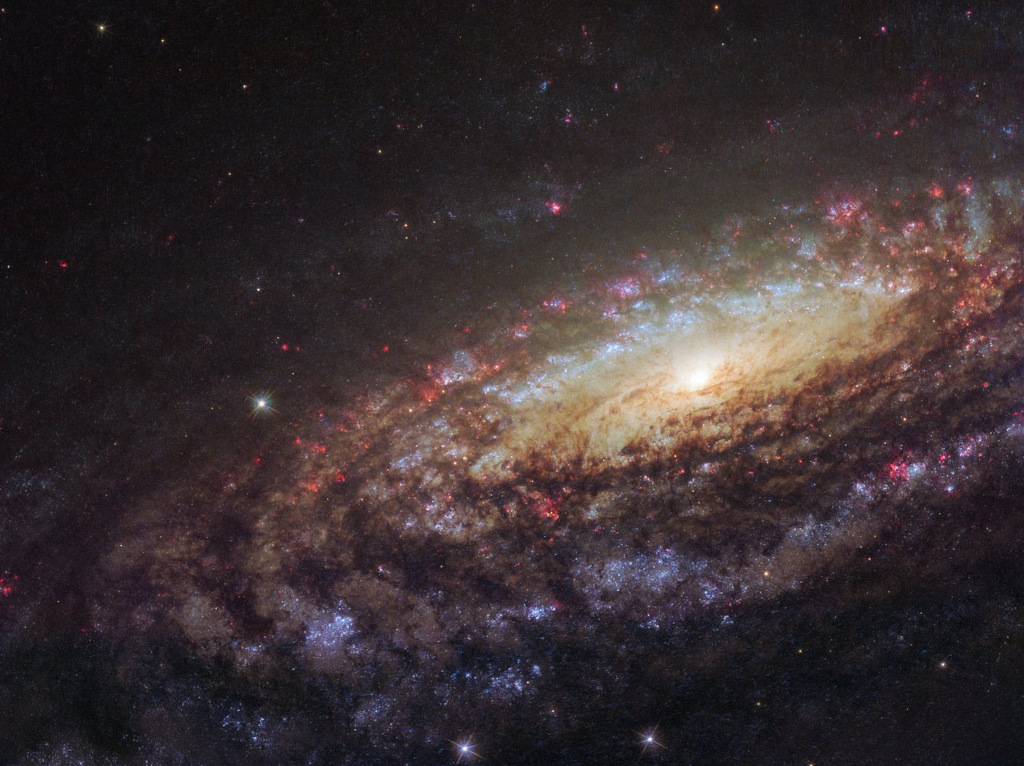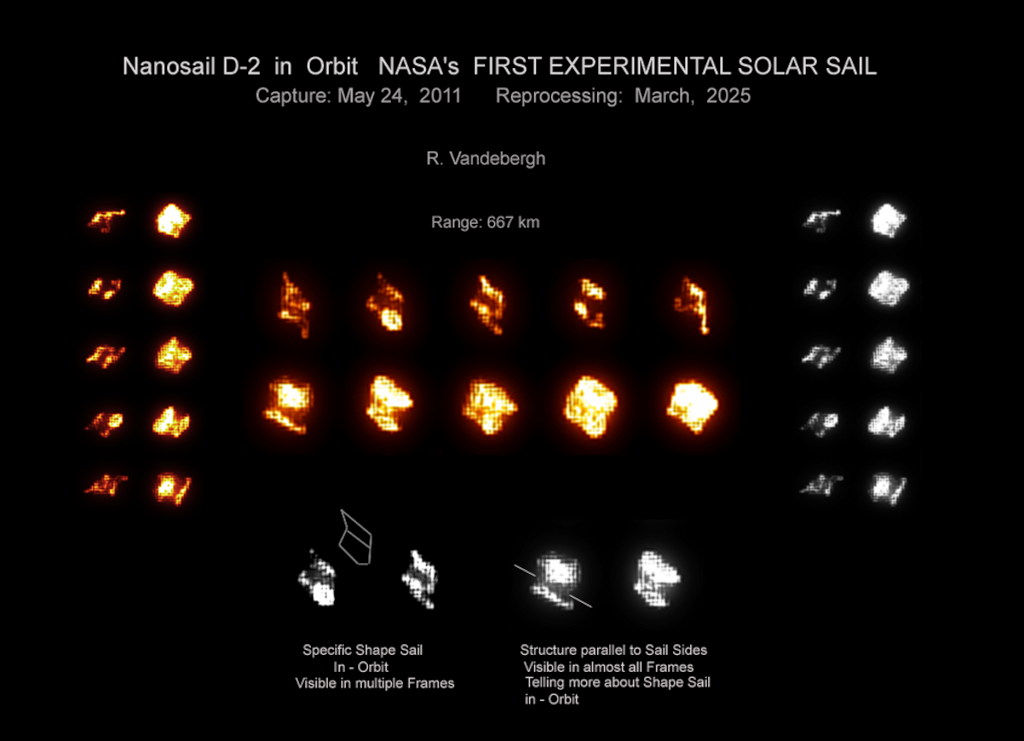Astrónomos calculam que Júpiter vai estar em oposição no final do mês de setembro, um movimento em que está no ponto completamente oposto ao Sol, quando visto da Terra. É a 26 de setembro que o maior planeta do Sistema vai estar também mais próximo do nosso, nos últimos 59 anos.
O fenómeno da oposição acontece em relação a Júpiter a cada 13 meses e as aproximações entre Terra e Júpiter acontecem sensivelmente uma vez por ano. A coincidência temporal destes dois movimentos é, assim, rara, mas irá verificar-se este ano dentro de uma semana, noticia o Space.com.
Com esta coincidência, vai ser possível ver a partir da Terra, com binóculos ou telescópios pequenos e idealmente num local alto, céu escuro e com tempo limpo o gigante gasoso de uma forma brilhante e iluminada. Adam Kobelski, astrofísico da NASA, afirma que “a vista vai ser espetacular durante alguns dias antes e depois do 26 de setembro. Tirem partido de boas condições meteorológicas em qualquer um destes dias para fazer a visualização. Sem ser a Lua, deve ser um dos maiores (se não o maior) objeto brilhante no céu noturno”.
Júpiter demora 4333 dias terrestres a completar uma volta ao Sol, mas as órbitas entre os dois planetas cruzam-se em várias distâncias, em diferentes momentos. Nesta aproximação de agora, o gigante vai estar a 590 milhões de quilómetros da Terra, o ponto mais próximo em 59 anos, em outubro de 1963. No seu ponto mais longínquo, Júpiter chega a distar 960 milhões de quilómetros.
Kobelski lembra que Galileu conseguiu ver Júpiter e as suas luas com instrumentos do século XVII, pelo que a observação a partir da Terra agora será possível mesmo com aparelhos mais modestos.
Visão










